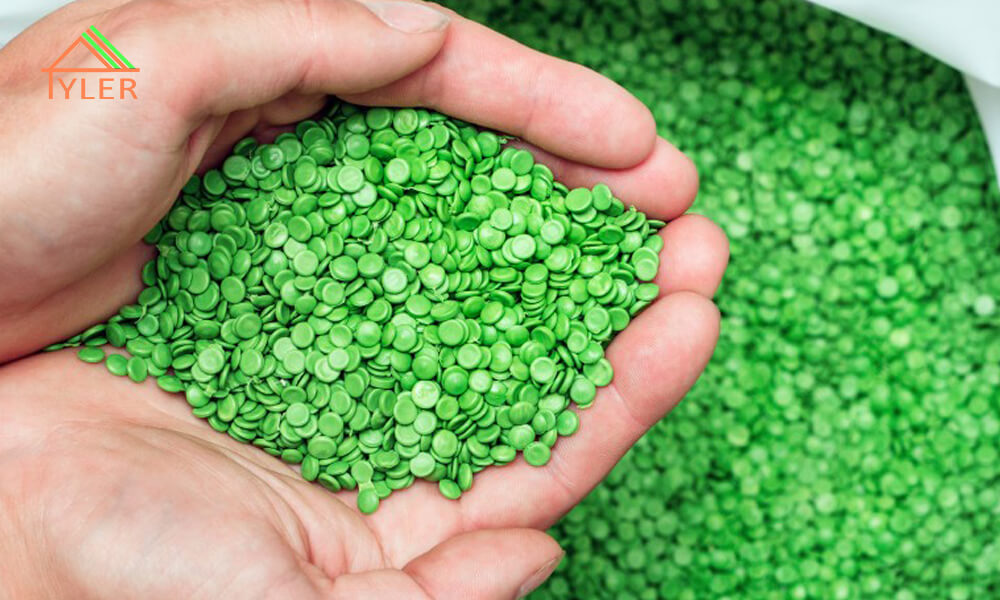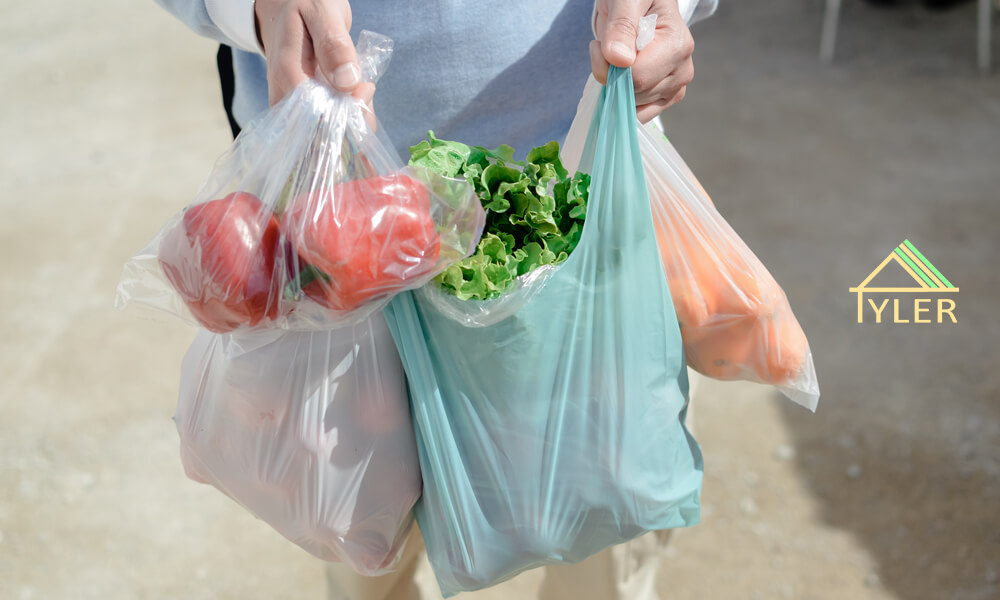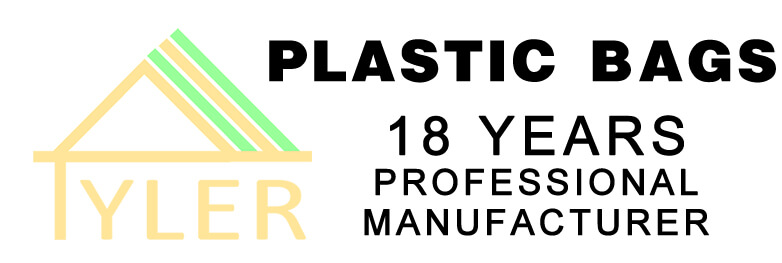Learn More About Biodegradable Materials
- Sales Manager : Windy
- 4月 26, 2022

With the increasing awareness of environmental protection, biodegradable plastic bags, PLA full biodegradable plastic bags, fully degradable plastic bags a variety of new degradable materials plastic bags have been introduced, today the supermarket plastic shopping bags manufacturers Xiaobian take you to understand what are the materials of biodegradable plastic bags.
Biodegradable plastic bags are, in nature such as soil and / or sandy soil and other conditions, and / or specific conditions such as composting conditions or anaerobic digestion conditions or aqueous culture, the role of microorganisms such as bacteria, mold and algae present in nature caused by the degradation, and ultimately completely degraded into carbon dioxide (CO2) or / and methane (CH4), water (H2O) and the mineralization of the elements it contains Inorganic salts, as well as new biomass of plastic bags.
A, biodegradable plastic bag material: PLA
Polylactic acid (PLA) is a new biodegradable material made from starch raw materials proposed by using renewable plant resources (such as corn). It has good biodegradability and can be completely degraded by microorganisms in nature after use, eventually generating carbon dioxide and water without polluting the environment, which is very beneficial to the protection of the environment and is recognized as an environmentally friendly material.
The degradation of PLA is divided into two stages: 1) firstly, pure chemical hydrolysis to lactic acid monomer; 2) degradation of lactic acid monomer to carbon dioxide and water by the action of microorganisms. Food cups made of PLA can be completely degraded in only 60 days, truly achieving both ecological and economic effects.

In addition to PLA, biodegradable plastic bag material what else?
1, poly-3-hydroxyalkanoate (PHA)
PHA is synthesized by microorganisms through the fermentation of various carbon sources and different structures of aliphatic copolyester. Among the most common are poly-3-hydroxybutyrate (PHB), polyhydroxyvalerate (PHV) and copolymers of PHB and PHV (PHBV).
The main uses are: disposable tableware, non-woven fabrics, packaging materials, agricultural mulch, toys, wrapping, gum, fiber and many other degradable products.
2、Poly-ε-caprolactone (PCL)
Poly-ε-caprolactone (PCL) is a low melting point polymer obtained by ring-opening polymerization of ε-caprolactone, with a melting point of 62°C. The degradability of PCL has been studied since 1976, and PCL can be completely decomposed by microorganisms in anaerobic and aerobic environments.
Compared with PLA, PCL has better hydrophobicity, but the degradation rate is slower; at the same time, its synthesis process is simple and low cost. PCL has excellent processing performance and can be made into films and other products with common plastic processing equipment.
3、Polyester – PBS/PBSA
PBS to aliphatic butanedioic acid, butanediol as the main raw material for the production of both petrochemical products to meet demand, but also through starch, cellulose, glucose and other natural renewable crop products, produced by biological fermentation pathway, so as to achieve from nature, back to nature, green cycle of production. Moreover, the raw materials produced by biofermentation process can significantly reduce the cost of raw materials, thus further reducing the cost of PBS.
Compared with similar products, the advantages of polyester bio-degraded plastic.
1) Good heat resistance. This has led to its promotion in the food and beverage sector.
2) Less demanding processing conditions.
3) Easy to store and resistant to hydrolysis.
Polybutylene succinate (PBS) is extremely versatile and can be used in packaging, tableware, cosmetic and pharmaceutical bottles, disposable medical supplies, agricultural films, pesticide and fertilizer slow-release materials, biomedical polymers and other fields.
4, aliphatic aromatic copolyester
Germany BASF company manufactured by the aliphatic aromatic non-conventional copolyester (Ecoflex), its monomer: adipic acid, terephthalic acid, 1,4-butanediol. The current production capacity is at 140,000 tons/year. At the same time, we have developed biodegradable plastic products based on polyester and starch.
5、Polyvinyl alcohol (PVA)
Water-soluble PVA film is a new type of plastic products emerging in the international arena. It uses the PVA film-forming, water and biological degradation characteristics of both, can be completely degraded to CO2 and H2O, is a veritable green high-tech environmental protection packaging materials.
6, CO2 copolymer
A new synthetic material under study, carbon dioxide as a monomer raw material in the bimetallic ligand PBM-type catalyst, activated to a high degree, and epoxide copolymerization reaction to generate aliphatic polycarbonate (PPC), after processing, you get carbon dioxide resin materials.


